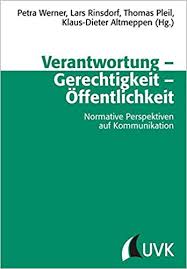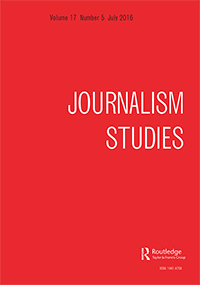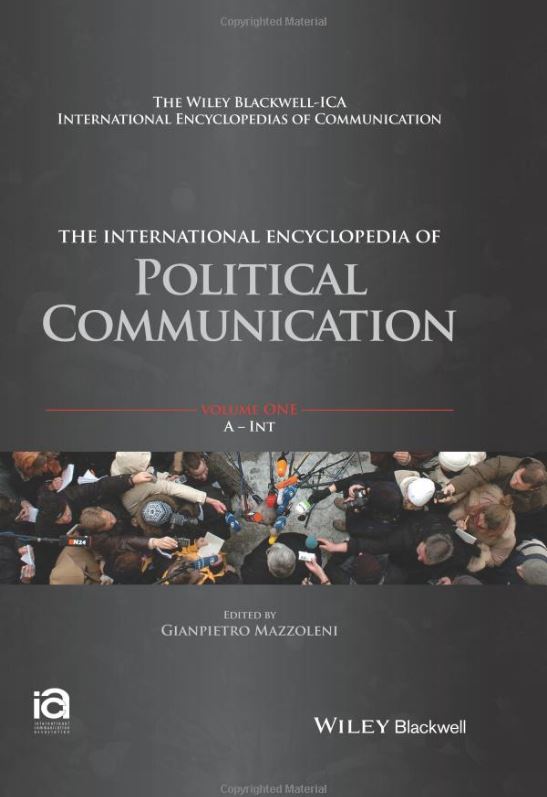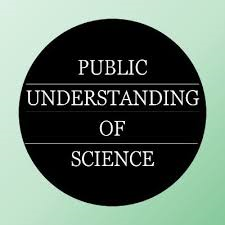Abstract
Dieses Arbeitspapier exploriert in drei Schritten die Perspektive der Kommunikationswissenschaft auf die Rolle der Medien im Rahmen gesellschaftlicher Transformationsprozesse. Ein besonderes Augenmerk liegt dabei auf der Rolle, die das Prinzip Nachhaltigkeit und das Thema Klimawandel spielen.
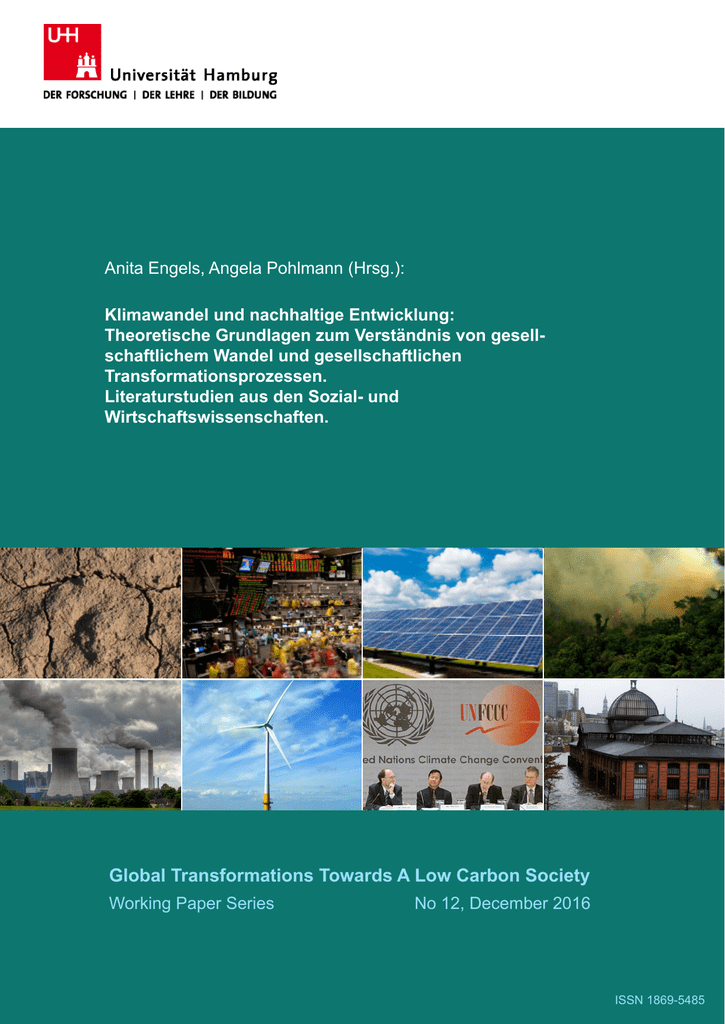
Birkner, Thomas; Brüggemann, Michael; Just, Leonard (2016): Medienwandel und Nachhaltigkeit: Die Perspektive der Kommunikationswissenschaft auf die Rolle der Medien in gesellschaftlichen Transformationsprozessen. In Anita Engels, Angela Pohlmann (Eds.): Klimawandel und nachhaltige Entwicklung: Theoretische Grundlagen zum Verständnis von gesellschaftlichem Wandel und gesellschaftlichen Transformationsprozessen. Hamburg: Universität Hamburg (Global Transformations Towards a Low Carbon Society (Working Paper Series), 12). Available online at https://www.wiso.uni-hamburg.de/fachbereich-sowi/professuren/engels/archiv/working-papers/wps-no-12aktuell.pdf.

